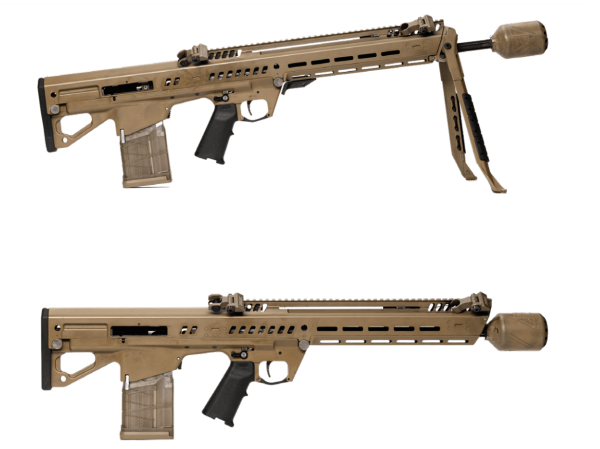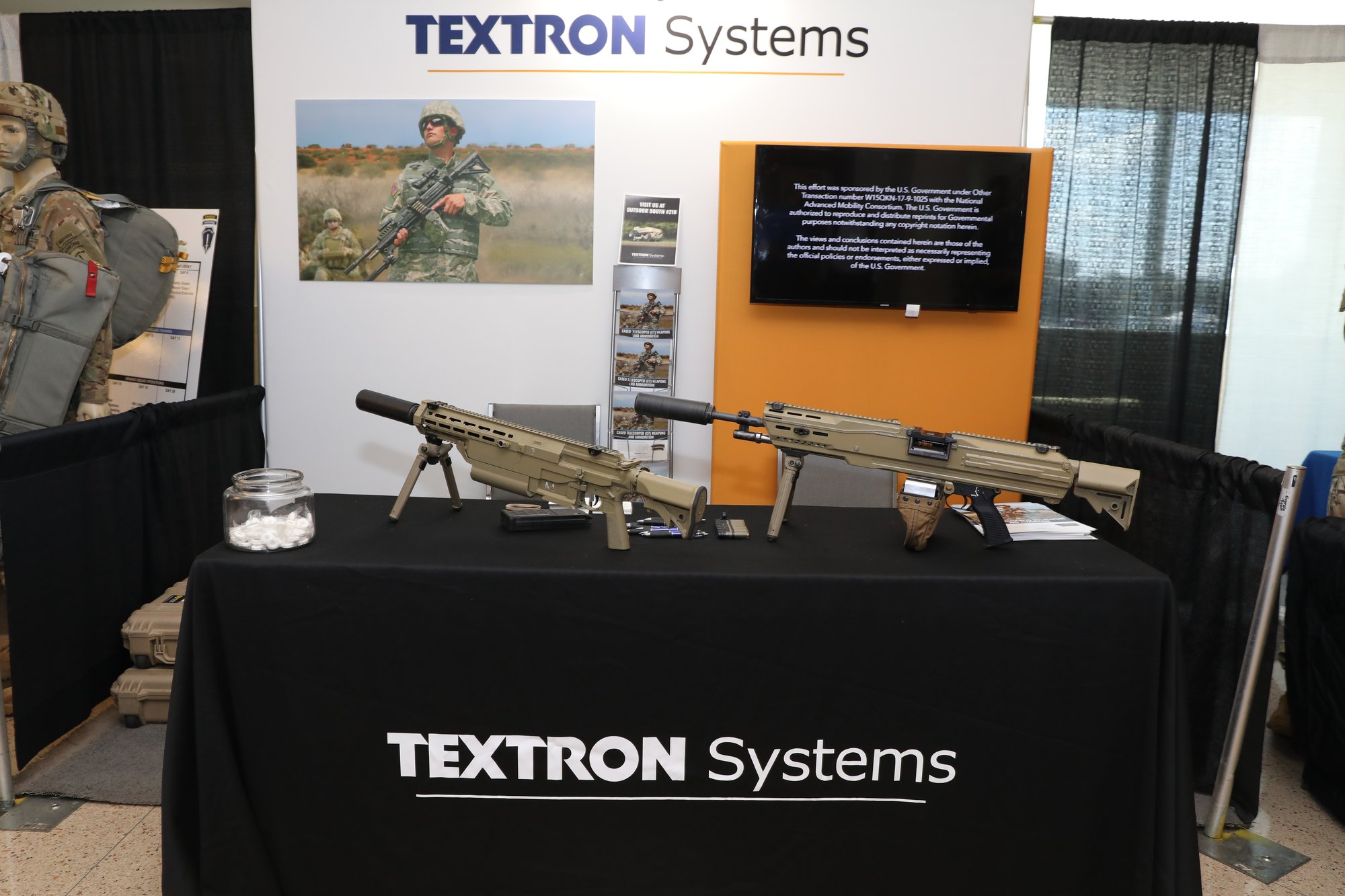Curious what folks have to say about this. Textron and GD are going for plastic case ammo.
The Army has requested that each of the three vendors submit 53 rifles, 43 automatics, and 850,000 rounds of ammunition for testing, which is expected to take about two and a half years. The goal is to have a finalist selected and fielding to begin by the end of 2022.
Not all personnel will get the new weapon, but the Army is expected to eventually field upwards of 250,000 systems to front-line units. The total award value for the winner is likely to be significantly higher over time when ongoing ammunition sales are factored in.
GD Bullpup

Sig;


The Army has requested that each of the three vendors submit 53 rifles, 43 automatics, and 850,000 rounds of ammunition for testing, which is expected to take about two and a half years. The goal is to have a finalist selected and fielding to begin by the end of 2022.
Not all personnel will get the new weapon, but the Army is expected to eventually field upwards of 250,000 systems to front-line units. The total award value for the winner is likely to be significantly higher over time when ongoing ammunition sales are factored in.
GD Bullpup

Quote:
The General Dynamics submission is notable in that it's the only one to replace the traditional M16 layout that the Army has used since the 1960s with a so-called "bullpup" design, moving the magazine to behind the trigger on the rifle. In theory that allows for a longer barrel on a compact frame, which should improve the range of the rifle.
The configuration is used internationally and has been pitched to the U.S. Army before, but so far without much luck. General Dynamics and manufacturing partner Beretta USA seem to be betting that the government will be open to the concept this time around, if they can prove the design offers better performance.
Sig;

Textron:Quote:
Sig Sauer's NGSW offerings look the most traditional out of all three competitors since Sig's rifle variant is an M4-style design.
"It's what soldiers know; the innovation can be inside. That's what allows you to advance the weapon system, but soldiers are used to training with an M4-style weapon system," said Paul Snyder, product manager for belt-fed systems at Sig Sauer.
One unique feature on the rifle variant, known as the Spear, is that it boasts a side-charging handle located on the non-ejection port side of the weapon, so soldiers don't have to take their hand off the pistol grip to charge the weapon, he said.
Sig Sauer also left the traditional M4-style charging handle in place to give soldiers more options, Snyder said.
The rifle weighs under 10 pounds and features a 13-inch barrel "that gives us the velocity we need to hit the requirement," he said. It features a two-position gas setting for suppressed and unsuppressed firing.
The AR variant, known as the MG 6.8mm, weighs under 12 pounds, features a 16-inch barrel and has a rate of fire of 600 rounds per minute, Snyder said.

Quote:
The belt-fed Textron Systems' NGSW AR variant and the magazine-fed rifle variant both rely on the company's case-telescoped cartridge design it developed the U.S. Army's Lightweight Small Arms Technology program.
Textron has developed its CT technology in 5.56mm, 7.62mm, 6.5mm and now 6.8mm. The technology uses a plastic case rather than a brass case to hold the propellant and the projectile, resulting in a significant weight savings, Wayne Prender, senior vice president for Applied Technologies & Advanced Programs at Textron, told reporters at AUSA.
"I am really proud to showcase for you for the first time our Next Generation Squad Weapon technology offering," Prender said.
The team from Textron includes Heckler & Koch the maker of the Marine Corps' M27 infantry automatic rifle and Olin Winchester for its small-caliber ammunition production capabilities.



